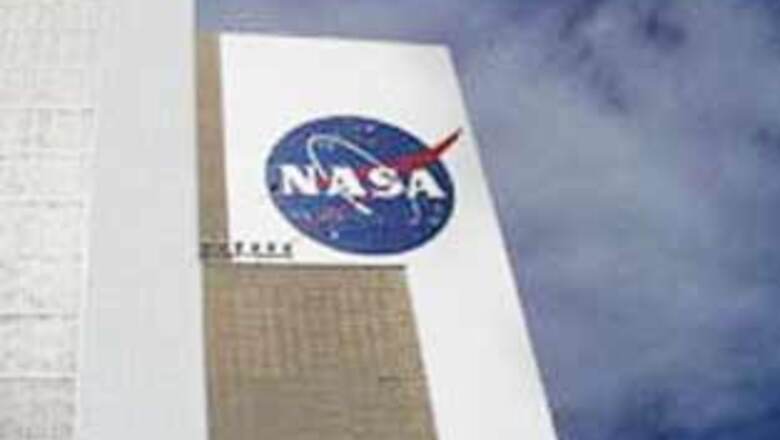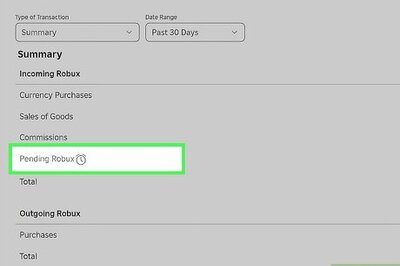
views
Washington: NASA launched a dual mission on Thursday to help pave the way for humans to return to the moon, as the US space agency looks beyond the continuing needs of the International Space Station.
The Atlas V rocket launch lifted off at 5:32 p.m. (2132 GMT), 20 minutes into planned, from NASA's Cape Canaveral in Florida.
A scheduling conflict with the space shuttle Endeavour, which now won't be launched before July 11, delayed the launch by a day.
A US Atlas rocket carried the Lunar Reconnaissance Orbiter (LRO) and Lunar Crater Observation and Sensing Satellite (LCROSS) - two craft that will update primitive maps of the moon and search for water.
The goal is to design a new generation of manned spacecraft, the Orion project, expected to be ready by 2015.
The moon, virtually untouched since the manned landings of the late 1960s and early 1970s, would eventually serve as a staging platform for missions to explore Mars, according to NASA's long-term objectives as set by former president George W Bush.
Thursday's launch was the first step to implementing NASA's new long-term goals.
Next year, NASA will retire the 28-year-old shuttle programme and its fleet of ageing spacecraft, which have been used to build the International Space Station (ISS) and to maintain the orbiting Hubble deep space telescope.
Space enthusiasts are anxious and enthusiastic about the new frontiers, as some feel the US space programme has languished since the exciting days of the moon landings.
On Wednesday, the European and Russian space agencies called on US space planners to lengthen their commitment to the ISS beyond 2015.
Multi-national space programmes have relied heavily on the United States and NASA's shuttle - a sort of space truck with its large cargo bay - to transport heavy objects and crews to and from the orbiting station.
Thursday's moon-bound spacecraft are to send back data to help scientists find the best location for a manned landing.
The question of whether there is water on the moon, in the form of ice deep inside lunar craters, is key to the mission.
After launch, the Atlas rocket will deliver the LRO into orbit around the moon, then take a long loop around the moon and Earth still carrying the LCROSS satellite.
The LRO will immediately start orbiting the moon for about a year, capturing the most detailed images yet of the lunar surface, creating three-dimensional maps that are accurate to within one metre and showing details as small as boulders.
It will measure radiation on the surface to scout for possible dangers to astronauts.
The LCROSS will focus on determining whether water could be hidden in the shadowy craters of the moon near its poles.
LCROSS's mission is to position itself so it can crash into a deep moon crater, where ice might be concealed, in about 110 days.
The cloud of dust will be measured by a second, trailing device that will transmit its information to Earth before likewise crashing into the moon.
The total event will last just 120 seconds, but scientists say the impact will provide valuable information to be collected on nine instruments, including five cameras to capture colour, thermal and near-infrared images.
The impact will also be captured by the orbiting LRO, as well as the Hubble Space Telescope and other telescopes on Earth. The composition of the material kicked up by the impact will help scientists deduce whether water is present.
More low-tech instruments will also be able to see the impact, which should be visible to amateur stargazers using standard telescopes.
NASA plans to stream the images live on its website.


















Comments
0 comment